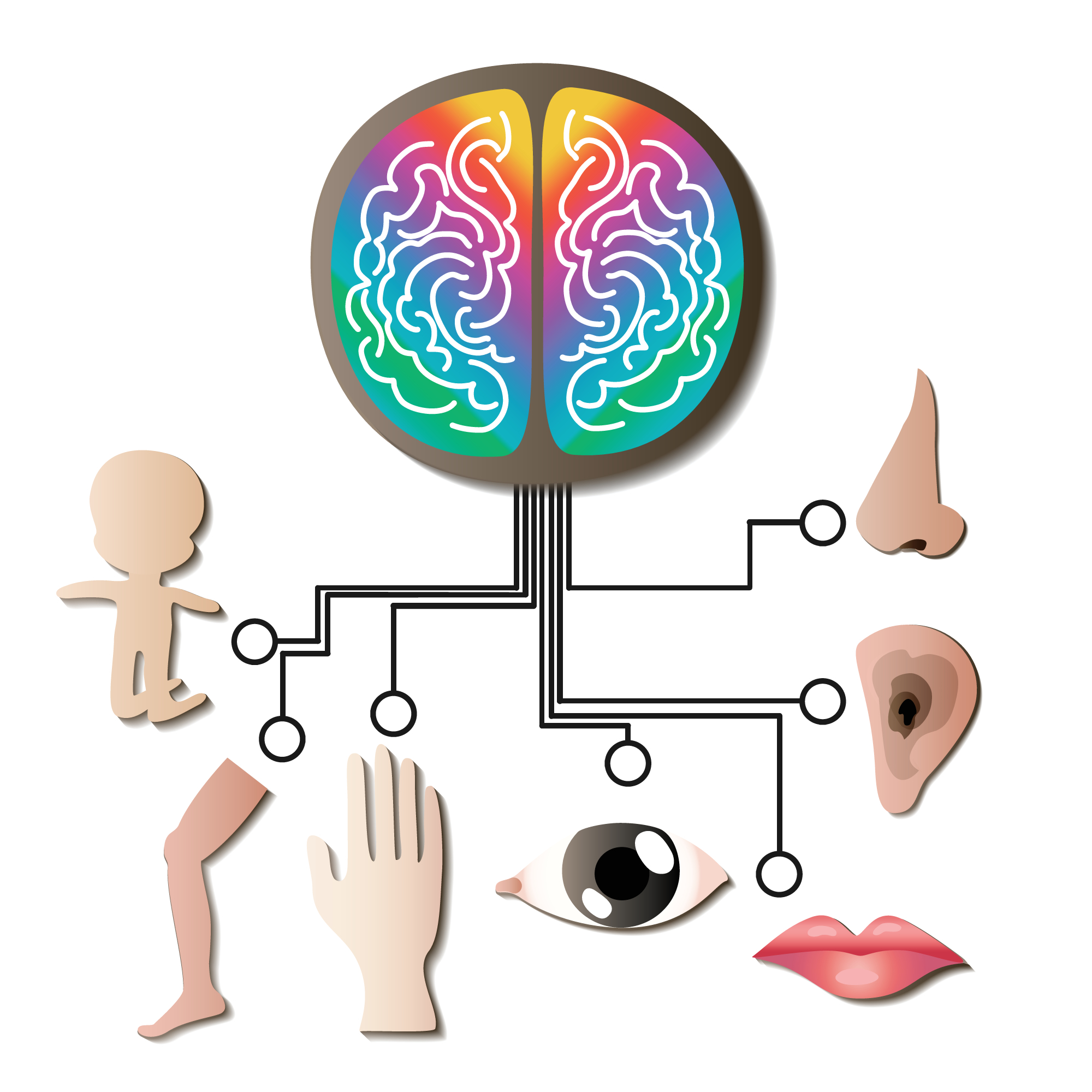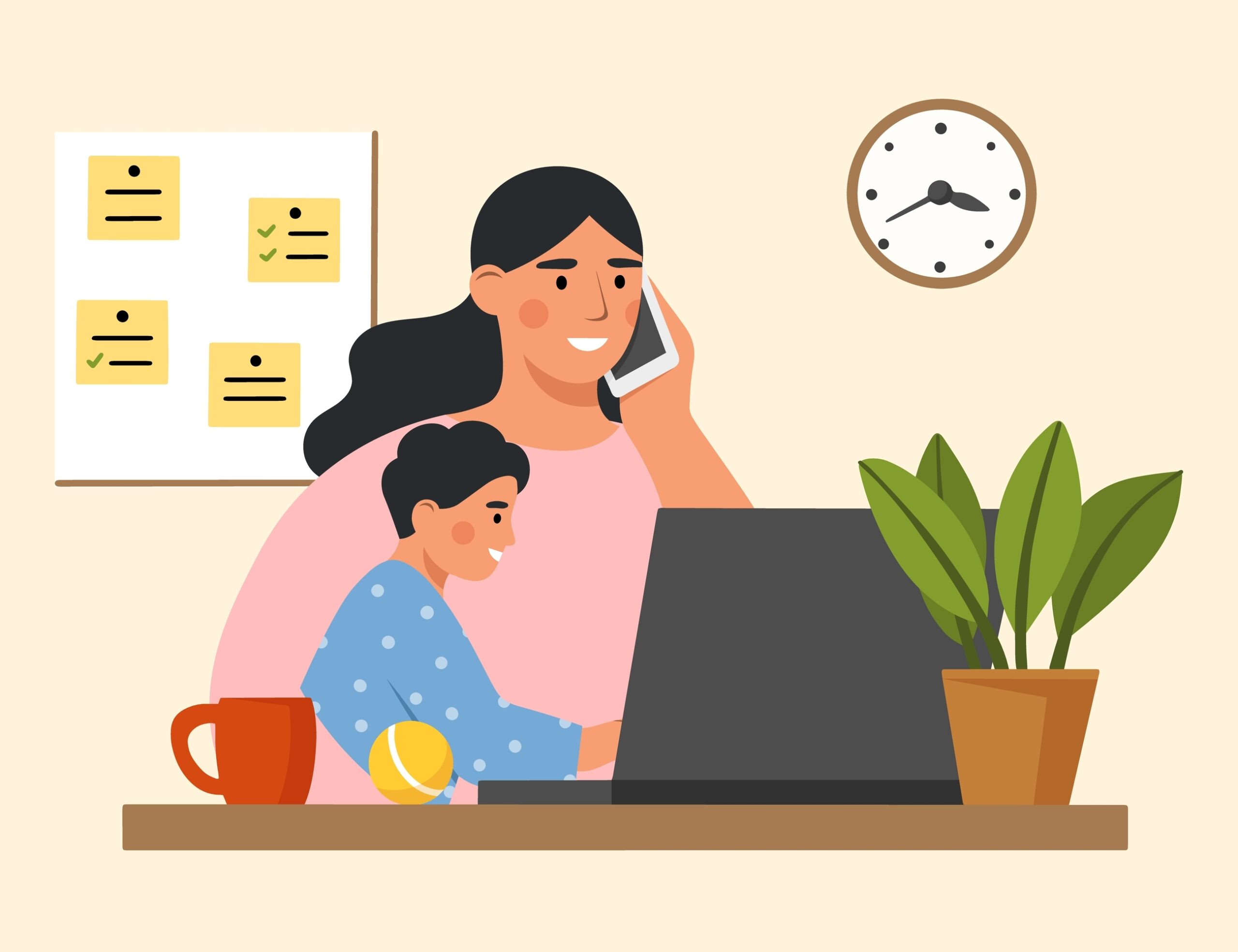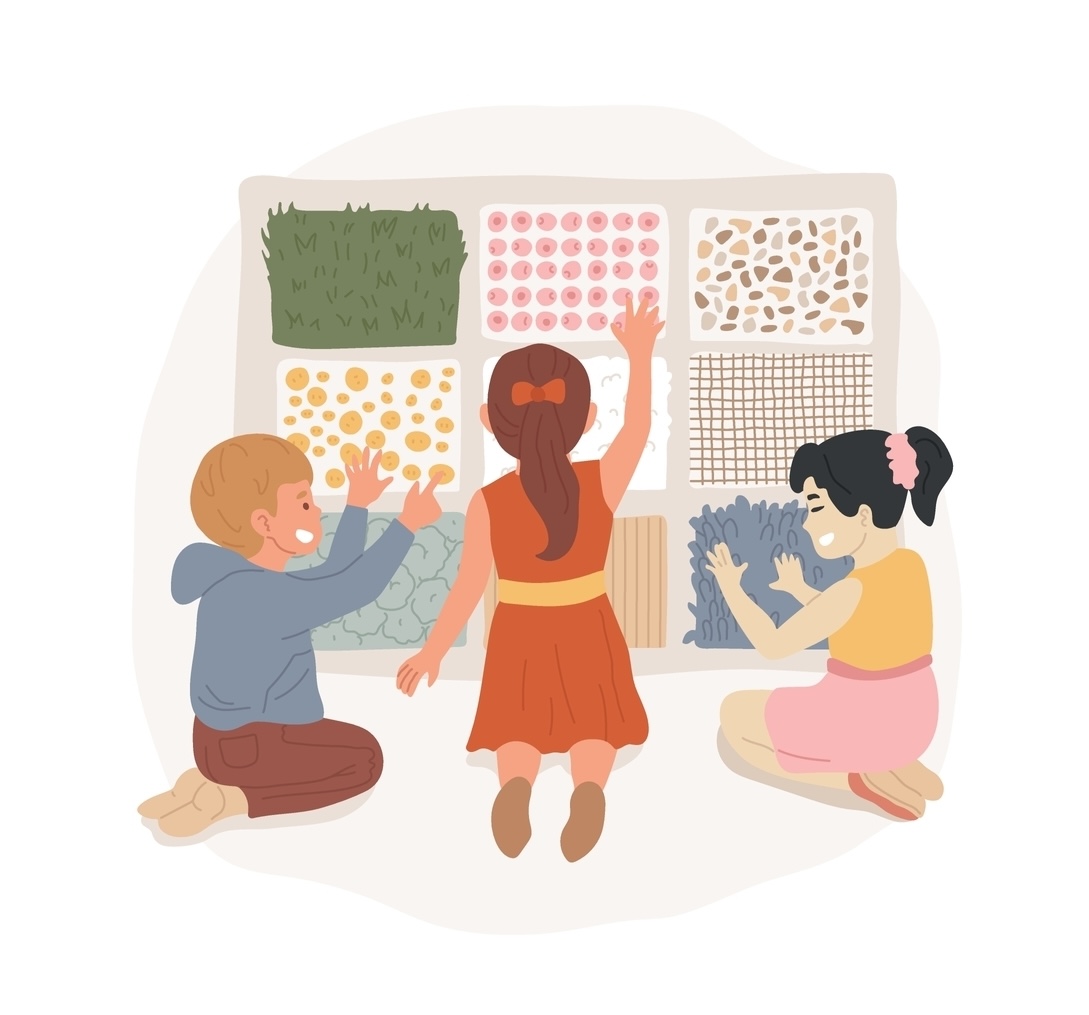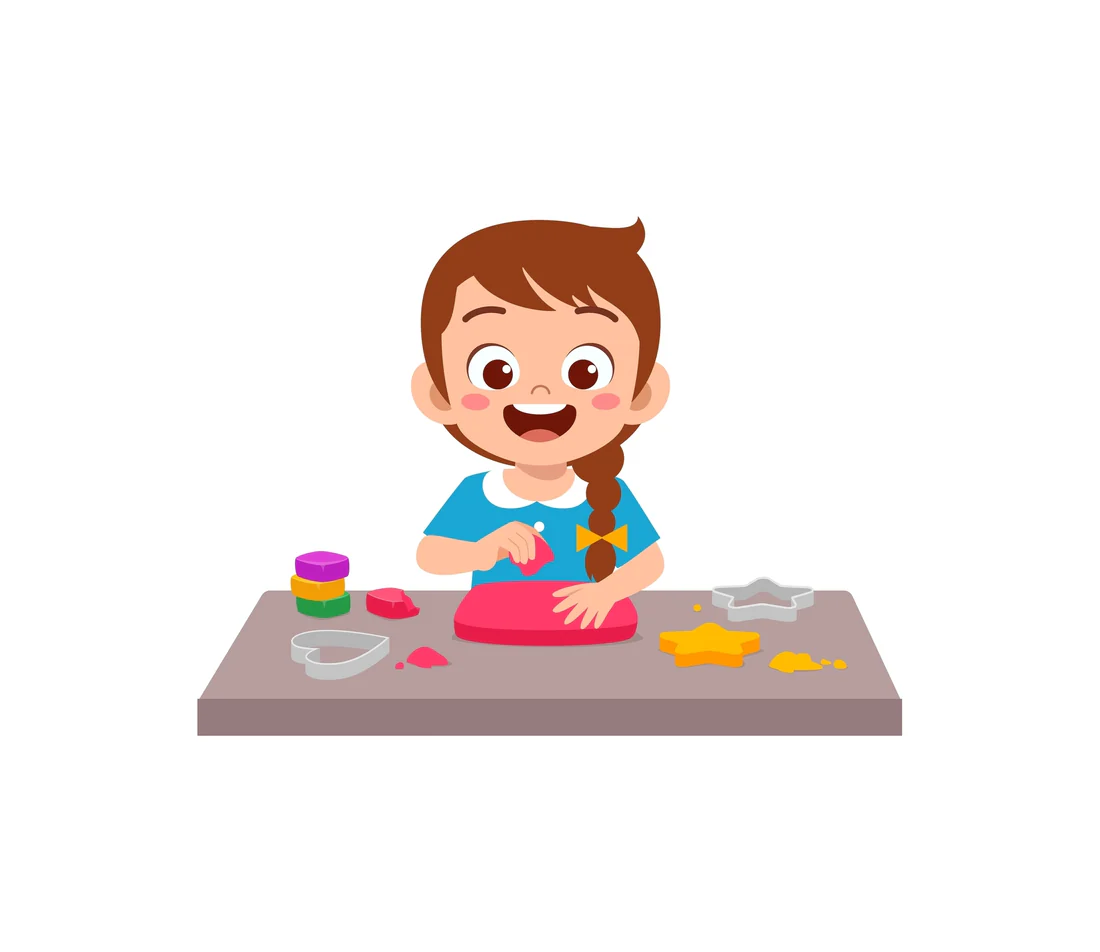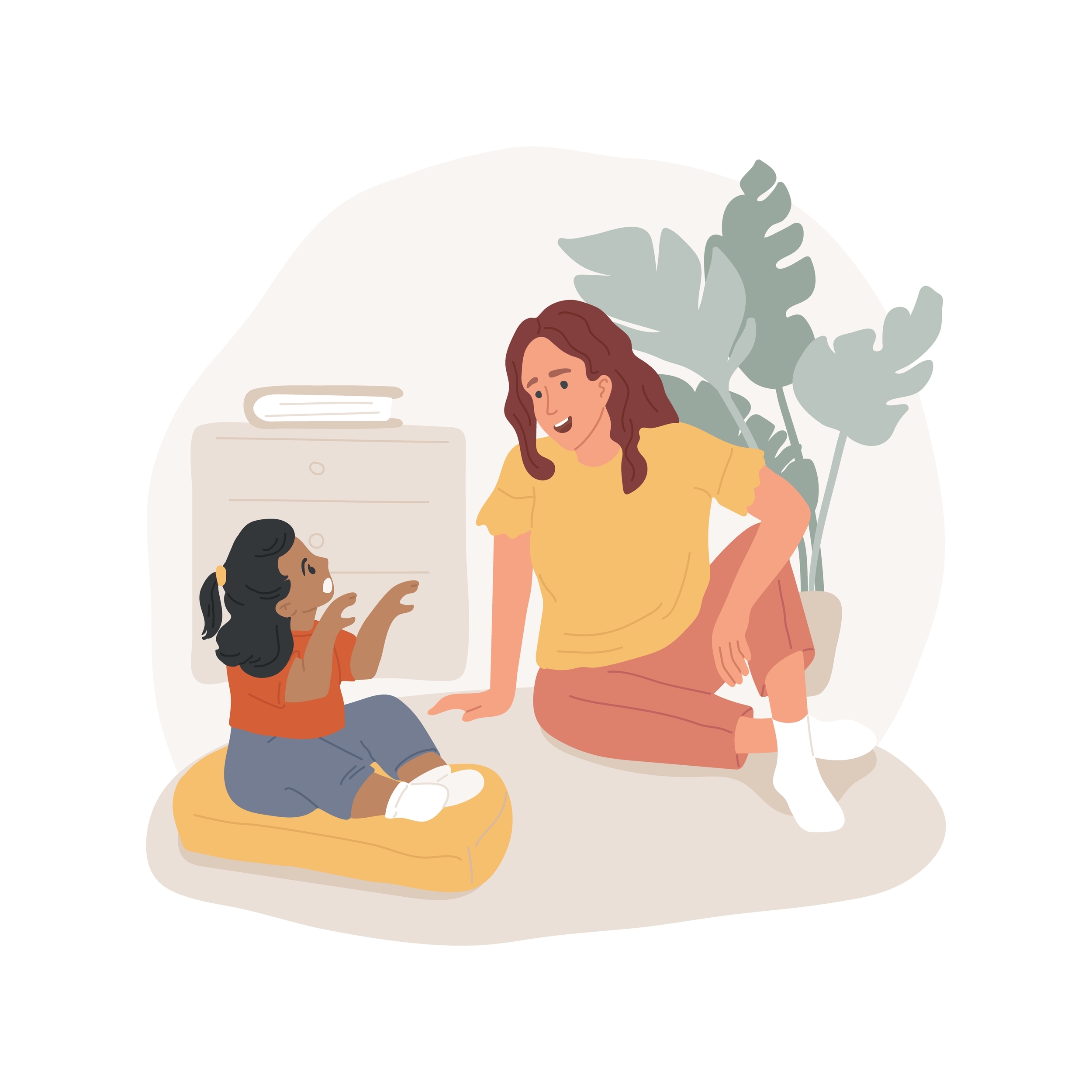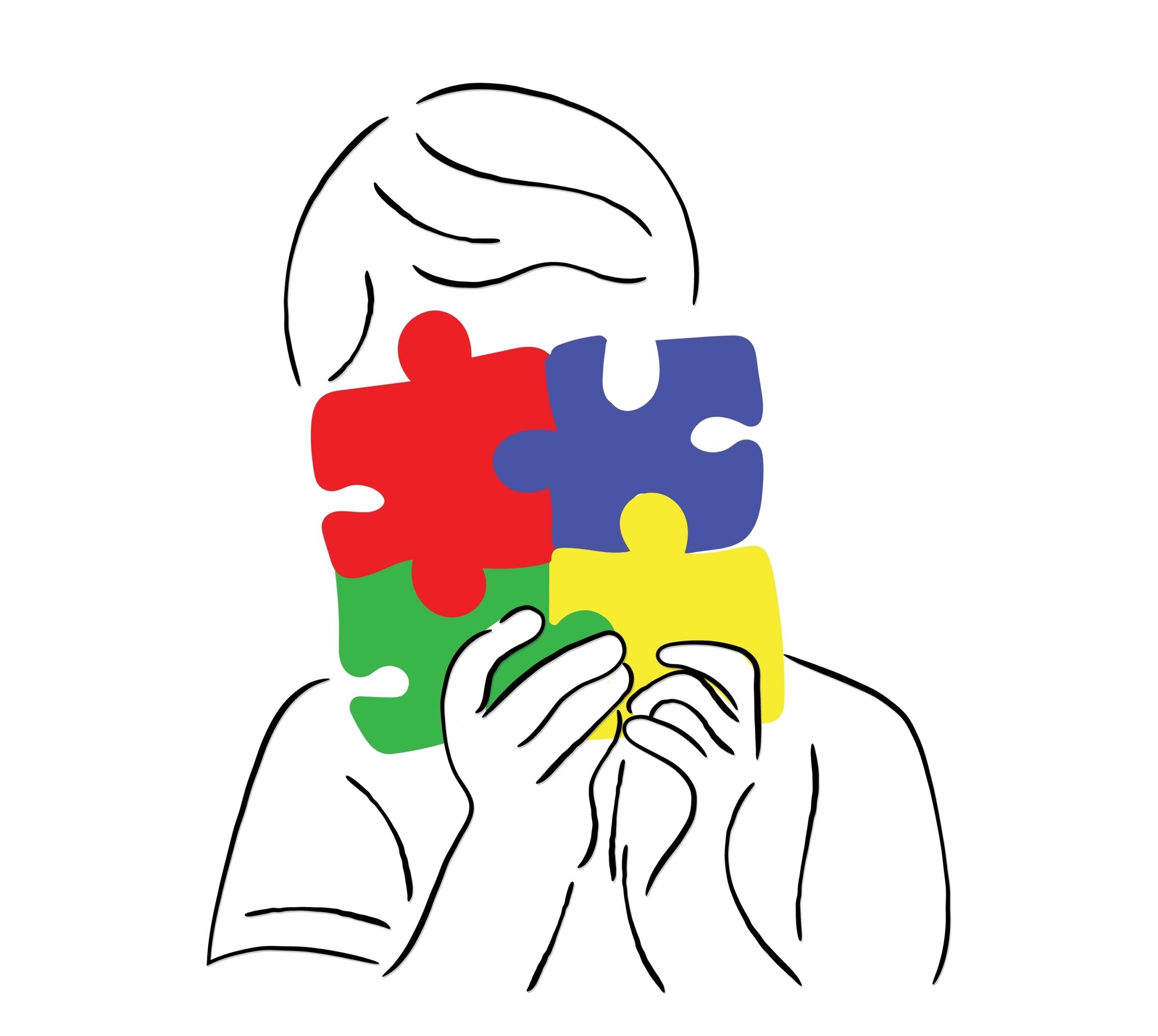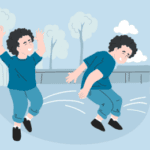
Blog
How to Test for Sensory Processing Disorder in Children
Author: DrSensory
July 9, 2025
How to Test for Sensory Processing Disorder in Children
As a parent, you are keenly aware of your child’s unique personality and behaviors. Sometimes, you may notice reactions or behaviors that seem more intense than those of other children. Perhaps they are extremely sensitive to loud noises, picky about the texture of their clothes, or constantly in motion, seeking out physical contact. If these scenarios sound familiar, you might be wondering if your child has Sensory Processing Disorder (SPD).
Understanding SPD can feel overwhelming, but getting clarity is the first step toward providing your child with the right support. This guide will walk you through how to recognize the signs of SPD, what diagnostic tools are used, what an evaluation looks like, and what to do after a diagnosis. We want to empower you with the knowledge to help your child navigate their world with confidence.

Early Signs of SPD in Toddlers
Sensory Processing Disorder can manifest in many different ways, and the signs can be particularly noticeable in toddlers as they begin to explore their environment more independently. It’s important to remember that many of these behaviors can be a normal part of development. However, when they are frequent, intense, and interfere with daily life, they may point toward SPD.
Children with SPD can be either over-responsive (hypersensitive) or under-responsive (hyposensitive) to sensory input. Some children may even show a mix of both, along with a craving for certain sensory experiences.
Signs of Over-Responsiveness (Hypersensitivity):
- Touch: Dislikes getting messy (finger painting, playing in sand), is bothered by tags in clothing or specific fabrics, and reacts negatively to unexpected or light touch.
- Sound: Is easily startled or frightened by loud or sudden noises like a vacuum cleaner, blender, or sirens. They might cover their ears often.
- Sight: Becomes overwhelmed in visually stimulating environments like a busy grocery store or a room with bright, fluorescent lights.
- Taste/Smell: Is an extremely picky eater, often limited to a very small number of familiar foods. They may gag on certain textures or have strong reactions to smells others don’t notice.
- Movement: Has a fear of heights, swings, or playground equipment. They may seem clumsy or uncoordinated and get carsick easily.
Signs of Under-Responsiveness (Hyposensitivity):
- Touch: Seems unaware of being touched or may not notice when their face or hands are messy. They might have a high pain tolerance.
- Sound: May not respond when their name is called or seems to ignore sounds that others react to.
- Movement: Appears lethargic or “floppy” and may have poor posture. They might tire easily during physical activities.
Signs of Sensory Craving:
- Constantly in motion—running, jumping, spinning, and crashing into things intentionally.
- Seeks out intense flavors or enjoys smelling objects.
- Touches everything and everyone, sometimes with inappropriate force.
- Loves loud noises and makes noise for the sake of it.
Observing these signs is the first step. If you consistently see these behaviors impacting your toddler’s ability to play, learn, or interact with others, it may be time to seek a professional opinion.
Diagnostic Tools and Assessments
If you suspect your child has SPD, a formal diagnosis cannot be made from a simple checklist. It requires a comprehensive evaluation by a trained professional, typically an occupational therapist (OT) with specialized training in sensory integration. There isn’t one single “test” for SPD; instead, therapists use a combination of methods to build a complete picture of your child’s sensory processing abilities.
Here are some of the key tools and assessments an OT might use:
- Parent/Caregiver Questionnaires: You are the expert on your child. The evaluation process almost always begins with detailed questionnaires about your child’s behavior at home, at school, and in the community. The Sensory Profile 2 is a common tool that helps therapists understand how your child processes sensory information in everyday situations. Your insights provide critical context.
- Standardized Testing: Therapists use standardized assessments to compare your child’s performance against a sample of typically developing peers. The most widely recognized tool is the Sensory Integration and Praxis Tests (SIPT). The SIPT is a comprehensive assessment that evaluates various aspects of sensory processing, motor planning (praxis), and perception. It consists of 17 subtests that look at a child’s ability to integrate tactile, vestibular, and proprioceptive sensations.
- Clinical Observations: This is a crucial part of the evaluation. The therapist will engage your child in specific, play-based activities designed to elicit sensory-based responses. They might observe how your child reacts to swinging, balances on different surfaces, or manipulates objects with varied textures. These structured observations allow the therapist to see firsthand how your child modulates sensory input and plans their movements.
- Interviews and History Taking: The therapist will conduct an in-depth interview to gather information about your child’s developmental history, medical background, and specific challenges. They will ask about your primary concerns and what you hope to achieve through therapy.
These tools combined help the therapist determine not just if your child has SPD, but the specific type and severity. This detailed understanding is essential for creating an effective and individualized treatment plan.
What to Expect During an Evaluation
Walking into an evaluation can be nerve-wracking for both you and your child. Knowing what to expect can help ease some of that anxiety. An SPD evaluation is designed to be child-friendly and, in many ways, will look and feel like playtime.
The evaluation setting is typically a large therapy gym equipped with specialized sensory equipment. You might see various types of swings, trampolines, crash pads, ball pits, and items with different textures. This environment is intentionally designed to be inviting and to provide opportunities for the therapist to observe your child’s sensory responses.
An evaluation usually lasts between one and two hours and generally follows these steps:
- Initial Interview: The session often begins with the therapist speaking with you to review your concerns and the information from the questionnaires. This is your chance to share specific examples of your child’s behavior.
- Building Rapport: The therapist will spend time getting to know your child and helping them feel comfortable in the new space. They will likely follow your child’s lead, observing what activities they are drawn to and which they avoid.
- Structured Activities: The therapist will then guide your child through a series of planned activities. For example, they might ask your child to swing in different directions to assess their vestibular processing or to find objects hidden in a bin of rice to evaluate their tactile discrimination. These tasks are presented as games to keep your child engaged.
- Observation of Praxis: The therapist will pay close attention to your child’s motor planning, or praxis. They might observe how your child learns a new motor task, like navigating an obstacle course or imitating a sequence of movements.
- Parent Involvement: Depending on the child’s age and comfort level, you may be in the room for the entire evaluation or in an adjacent observation room. Your presence can help your child feel more secure.
After the evaluation, the therapist will score the assessments and analyze their observations. You will then schedule a follow-up meeting to discuss the findings and recommendations. This meeting is your opportunity to ask questions and fully understand the results.
Next Steps After Diagnosis
Receiving a diagnosis of Sensory Processing Disorder is not an end point—it is the beginning of a new, more informed path forward. A diagnosis gives a name to the challenges your child has been facing and opens the door to effective support. Here are the most common next steps.
- Occupational Therapy: The primary treatment for SPD is occupational therapy using a sensory integration (OT-SI) approach. Therapy sessions are play-based and tailored to your child’s specific sensory needs. The goal is not to “cure” SPD but to help your child’s brain become better at processing and organizing sensory information. This, in turn, helps them participate more fully in daily activities.
- Creating a Sensory Diet: The OT will work with you to develop a “sensory diet.” This is a personalized plan of activities to perform throughout the day to help your child stay regulated and focused. A sensory diet might include activities like jumping on a trampoline before school, swinging in the afternoon, or using a weighted blanket at night. It provides the sensory input your child needs in a structured and predictable way.
- Home and School Modifications: Small changes to your child’s environment can make a big difference. This might involve creating a quiet corner at home for when they feel overwhelmed, providing noise-canceling headphones for loud events, or working with teachers to allow for movement breaks during the school day. Collaboration with your child’s school is key to ensuring their needs are met in the classroom.
- Educate Yourself and Others: Learn as much as you can about SPD. Understanding the “why” behind your child’s behavior will help you respond with empathy and patience. Educating family members, friends, and teachers can also create a more supportive network for your child.
Finding out your child has SPD can bring a mix of emotions, but you are not alone. With the right support from professionals and a strong understanding of your child’s needs, you can help them not just cope but truly thrive.

Frequently Asked Questions About Testing for Sensory Processing Disorder
❓What are the most common signs of sensory processing disorder in young children?
Common signs include overreacting or underreacting to sensory input, such as loud noises, certain textures, bright lights, or movement. Children may also have frequent meltdowns, avoid messy play, seek constant movement, or show difficulty with transitions.
❓Can parents test for sensory processing disorder at home?
While parents can observe and document sensory-related behaviors at home, a formal diagnosis should be made by an occupational therapist. However, tracking behaviors and using reputable online checklists can be a helpful first step before seeking a professional evaluation.
❓What professional assessments are used to diagnose SPD in children?
Occupational therapists use a combination of parent questionnaires, standardized tests like the Sensory Profile and Sensory Integration and Praxis Tests (SIPT), and clinical observation during play-based activities to assess sensory processing challenges.
❓How long does it take to get results after a sensory processing evaluation?
Typically, parents receive results within one to two weeks after the evaluation. The therapist will schedule a follow-up meeting to discuss findings and create a personalized treatment plan if SPD is diagnosed.
❓What should parents do if their child is diagnosed with sensory processing disorder?
If a child is diagnosed with SPD, parents should work with an occupational therapist to start tailored therapy sessions, implement sensory strategies at home and school, and educate themselves and others to create a supportive environment for their child.
related blogs
Your child is constantly moving, crashing into furniture, or having meltdowns in response to seemingly minor things like a loud
Your toddler refuses to wear certain clothes, has huge meltdowns in noisy places, or is an extremely picky eater, limited
Your child seems to miss verbal instructions, struggles to follow conversations in noisy environments, and often asks "what?" even when
On the surface, autism and Ehlers-Danlos syndrome (EDS) might seem like two entirely unrelated conditions. One is a neurodevelopmental condition
The intense head pain begins, lights feel blindingly bright, and every sound seems amplified to an unbearable level. You retreat






































